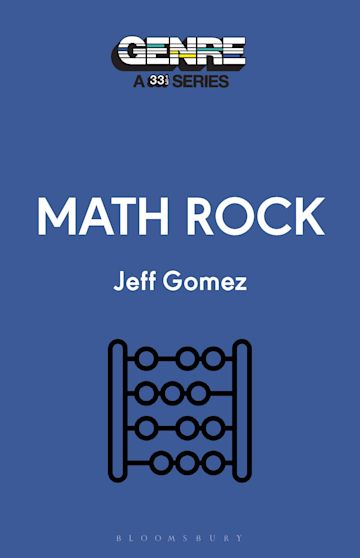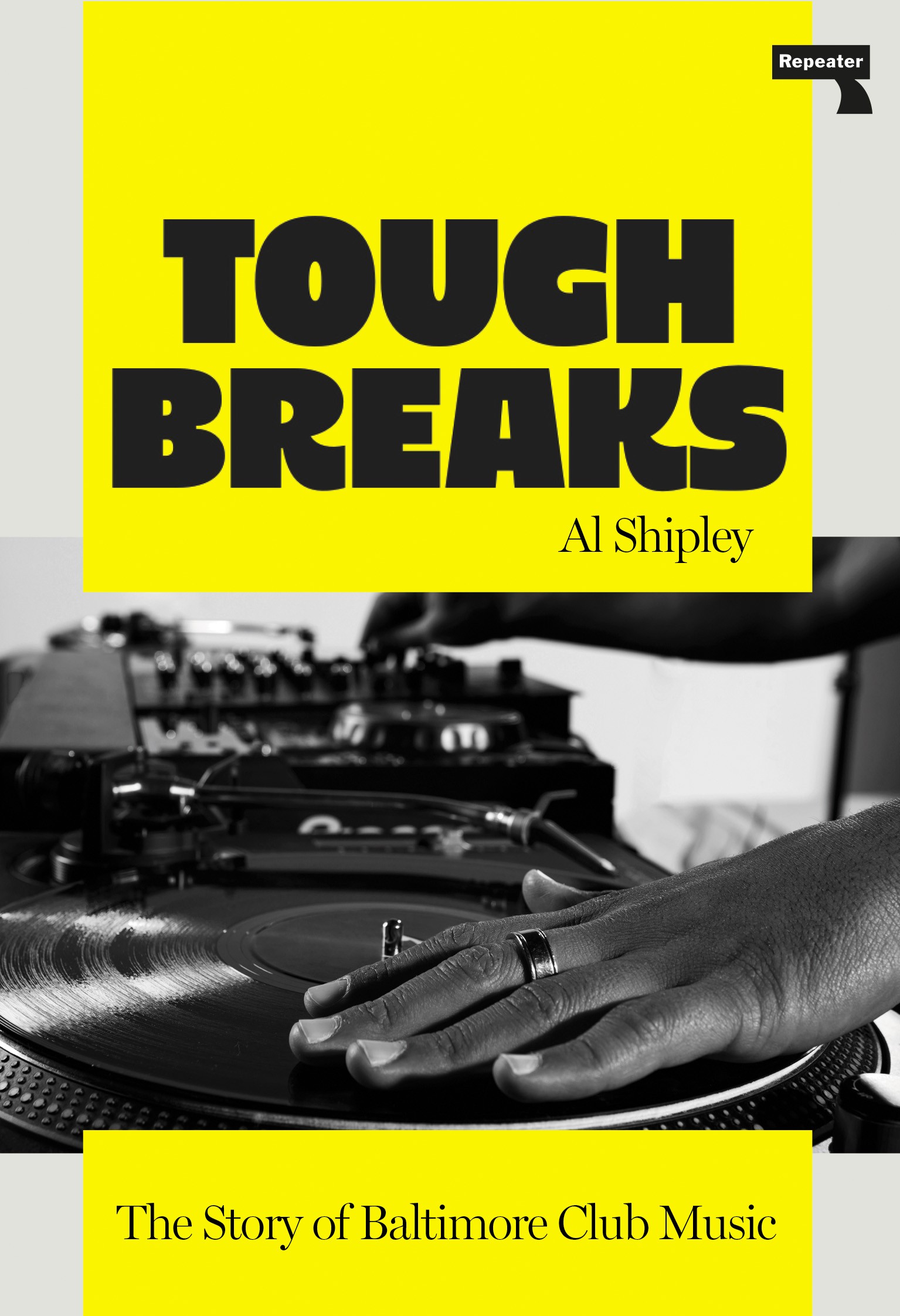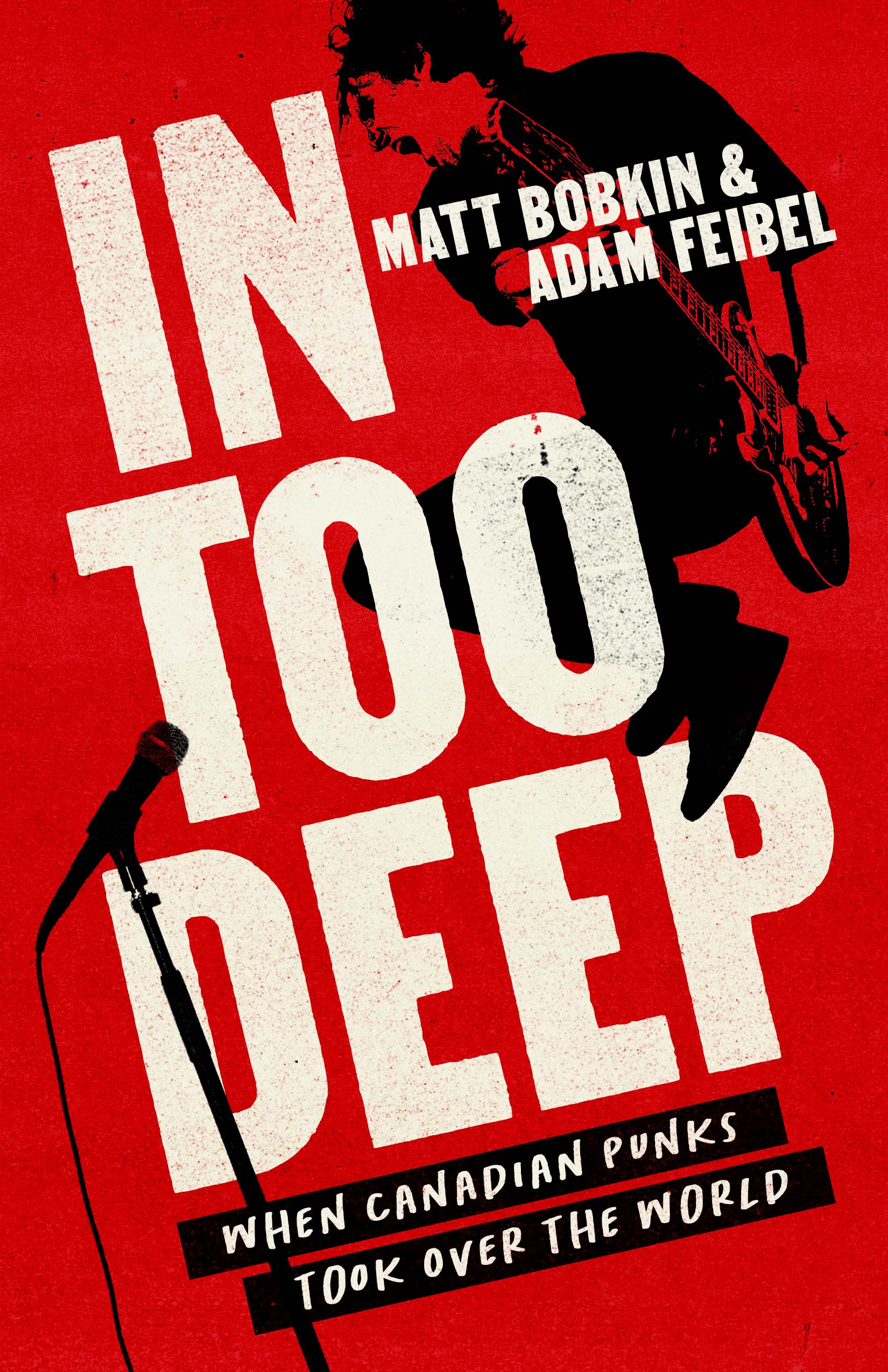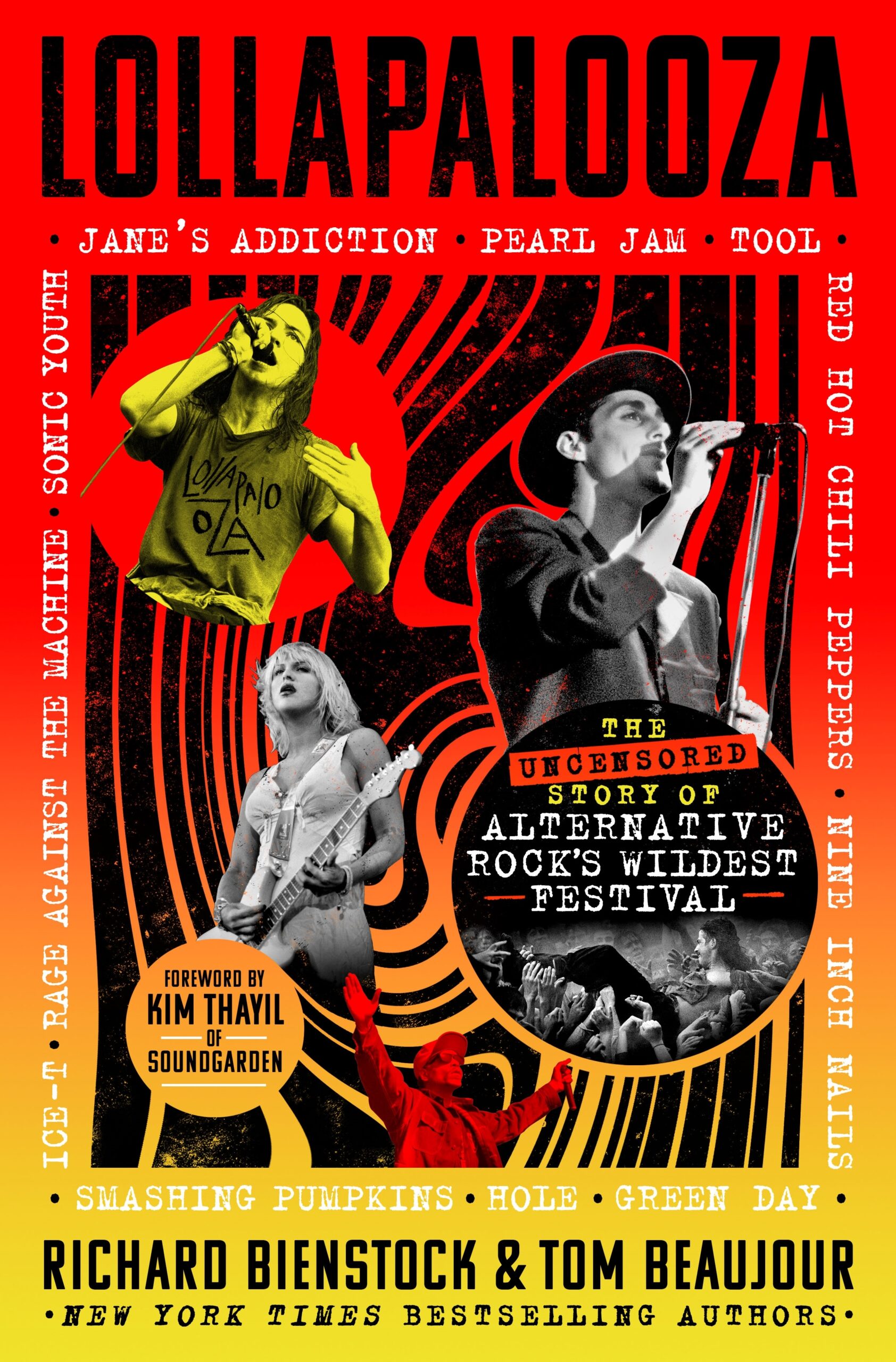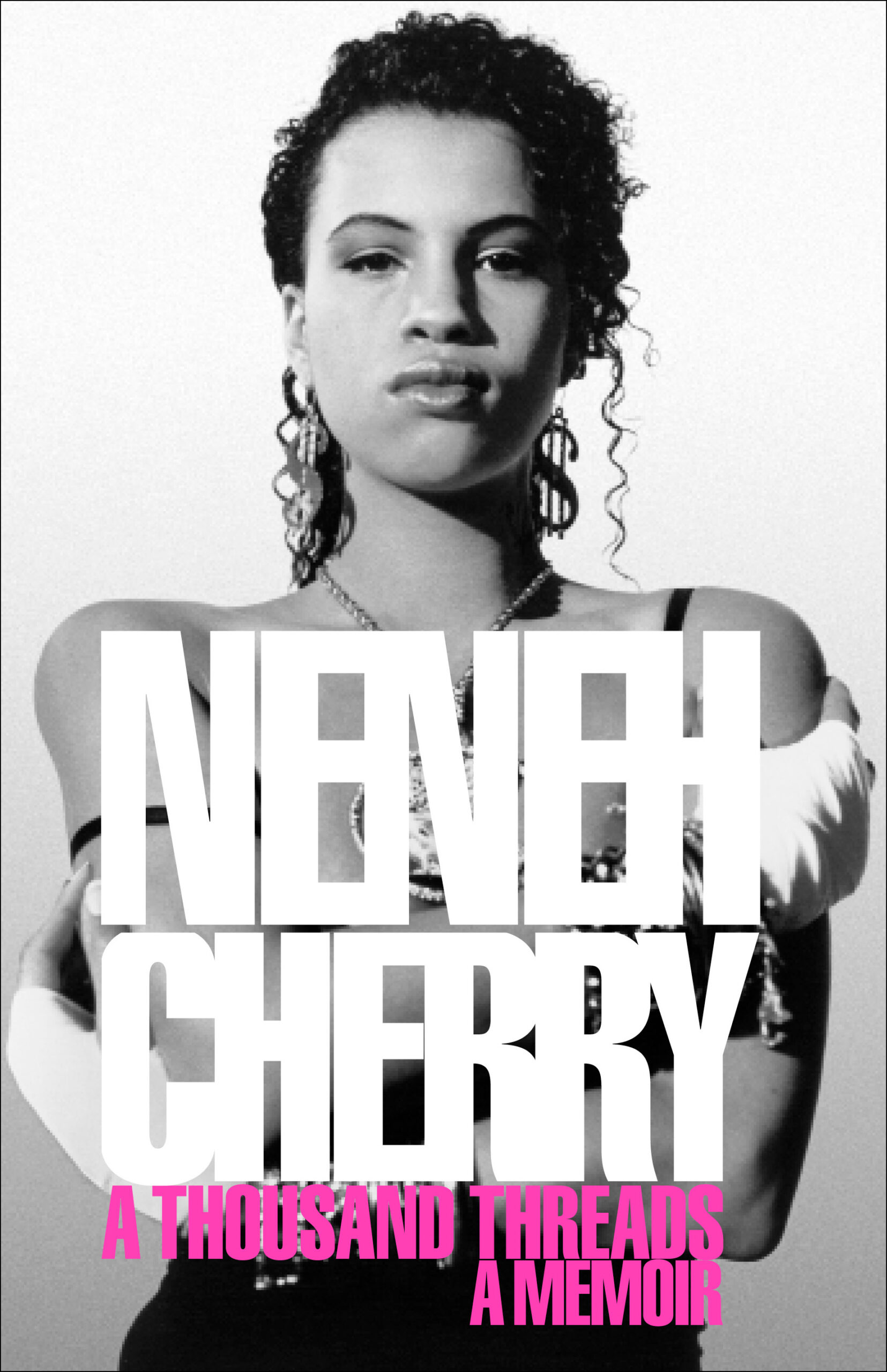Below is an excerpt from Math Rock by Jeff Gomez (out today), the latest entry in the Genre: A 33 1/3 Series.
The penchant for math rock bands to utilize odd time signatures goes back to the very beginning of the genre. In the late eighties and early nineties, groups such as Slint, Bitch Magnet, and Bastro were all creating something new and complicated. As Scott Tennent writes in his 33 1/3 book about Slint’s second LP, Spiderland, "The underground had taken a turn from a sloppy, anyone-can-do-it ethos toward something more grandiose, technical, and epic." The building blocks of punk were no longer appealing; musicians wanted to push boundaries and experiment with new forms. Despite not selling many records, and never having anything resembling a hit, an uncommercial group like Sonic Youth was seen as a new type of rock star by rebellious musicians. "People were making interesting music that didn’t have to worry about getting on the radio," says Jon Fine. Of course, at the same time, grunge was ascendant and would soon to be king. Nirvana made millions of dollars, sold boatloads of records, and conquered the world, and they did it by speeding up Boston riffs and trashing their gear. Not everyone wanted to join them.
In Pennsylvania, Don Caballero was making another decision that would have a profound effect on math rock: writing songs in odd time signatures. "At the time," recalls drummer Damon Che, "Ian [Williams] was the most interested in introducing time signatures into our little world of underground Pittsburgh music." Williams had been exposed to the concept a few years before when he was drumming for the band Sludgehammer. Even though his first instrument was guitar, the band needed a drummer. Although still a teenager at the time, Williams figured, "How hard could it be?" He took a few lessons from a local session player and jazz musician named Greg Humphries. Humphries was the son of noted jazz drummer Roger Humphries, an influential and respected musician who’d played in numerous bands and traveled the world. In addition to teaching the basics of drumming, Greg Humphries introduced to Williams the idea of odd time signatures. Years later, when he joined Don Cab, Williams brought the concept to his new group. The idea wasn’t completely out of left field. "You grow up in the generation where punk rock was the tool to do what you wanted to do," says Williams, "so you’re kind of influenced by Black Flag but, at the same time, you had heard Rush and King Crimson."
Even though Che didn’t have much experience playing to odd time signatures, he was such a naturally gifted musician he could handle whatever Williams threw his way. Not that the band, at first, thought that it was right thing to do. When they began to use odd time signatures, Williams remembers looking at the band’s other guitarist, Mike Banfield; they both kind of rolled their eyes as if to say, "Are we really going to do this?"
They didn’t stop there. No lyrics meant no verses or repeated choruses, but the band also avoided any semblance of a discernable song structure. Instead, the group constructed tunes by placing and pasting incongruous parts next to each other with the idea of the drama and shifts between those parts creating tension and interesting sorts of audio jump cuts. "Ian’s idea was to make whole songs out of sections that repeat," says Che, "like all music repeats, only each one of our bars is going to sound like when a record skips."
Williams wanted to play with the actual fabric of the music, the bricks and mortar of how it all fits together to make a song. "I’m into patterns,"he says."I’ve always enjoyed playing patterns, and then fucking those patterns up." Part of his passion was conceptual. In an art history class at college, he’d learned about the Modernists, a group of painters who embraced the flatness of the canvas and dispelled with any attempts to realistically portray life. Instead, pictures were filled with abstract shapes, colors, lines. Paint was just paint. Williams wanted something similar, sound that was just sound. It was also his way of kicking against the notion of the put-upon grunge rocker or moody Gen Xer that was prevalent at the time. "I was into that idea of it just being the sound, and not about a feeling of angst or whatever tortured life Kurt Cobain or Eddie Vedder was supposed to be living at the time."
One of the things that made writing songs like this possible was using a looping pedal to stack several different guitar parts of top of each other. The pedal was first used more out of necessity than creativity. After releasing sophomore record Don Caballero 2 in 1995, the band took an extended break. In the years that followed, an audience had formed who wanted to see the group play live, so shows were booked. Before the tour started, Mike Banfield left the band, jeopardizing the run of upcoming dates. How could Don Cab play songs they’d recorded as a quartet with three guys? After bass player Eric Emm had begun to use a simple sampler that let him repeat one note for just a second, Williams hit upon the idea of using a looping pedal to reproduce Banfield’s parts. He reached out to Tortoise’s John McEntire and asked what the best loop pedal was to buy. McEntire sent over an article from Sound On Sound magazine. The Akai Headrush was the one to get. "Because of that pedal," Che said in a YouTube interview, "Ian was able to make these amazing loops, and I was a good enough of a drummer to play along to them, and we were able to work as a team." Not only was the tour—and the band—saved, but they also began to use the Headrush to write new material. Williams would record a loop, and the three would jam over it. "It was really quick and intuitive to me," says Williams, "and right then we started writing the songs that would become American Don."
A contemporary math rock band who uses loops extensively, live and on record, is Giraffes? Giraffes! Guitarist Joe Andreoli started out with an Akai Headrush, the same as Williams, before graduating to a Boss RC-20, a two-pedal loop station designed for live performance. "It changed how I thought about songs," Andreoli wrote during a Reddit "Ask Me Anything" session in 2018. "If I had to choose just one type of pedal to have forever, it’d be a looper."He’s gone so far as to say the pedal"changed my life." Andreoli eventually worked his way up to a Boss RC-300, a huge unit containing half a dozen pedals. Whereas the sampler Eric Emm first brought to Don Cab could capture just a second of audio, the RC-300 can record up to three hours. Andreoli utilizes loops on just about every Giraffes? Giraffes! track.
Another two-piece band who made good use of a loop pedal were Foster Parents. A couple of English transplants living in China, they used a looper to lay down rhythm tracks and then build layers on top. In a live situation, this meant they could play anything off their pair of records with just guitar, drums, and loops. Not that it was easy. "There can be a lot of tap dancing involved to start, stop, and clear the loops," says guitarist Gregor Fair, "but that’s half of the performance, and half of the fun! Stressful though."They came to rely on looping pedals so much that Fair says now, "We couldn’t play a single song, even half of one, without a looper."
No matter how songs are written, rehearsed, or played in front of a crowd, they need to be remembered. Because long and complicated tunes are easy to get lost in, math rock musicians and bands have come up with ways to memorize parts and cues. "My biggest tool is visualization," says Piglet drummer Matthew Parrish.
I would do it a lot with skateboarding, too. If there was a specific beat or fill that I had in my head, I would try to hear that while visualizing what my limbs would need to do to play it, and that sort of created these pathways that connected what I was hearing to physically executing it. So, I’m able sit at work all day seeing and hearing myself play something and then, when I get to practice, I’ve pretty much got it.
All the tempo shifts and odd time signatures complicated matters."The hardest part was learning to count while playing," recalls Cuzco guitarist Will Schoonmaker. "I remember standing in front of Cuzco’s other guitarist, Arman Serdarević, and counting with my fingers so he could watch when the ‘one’ came around again to begin the riff over." Over time, the band would practice enough so that everyone built up the requisite muscle memory, and the musicians no longer had to count in their heads.
Another thing that makes this music difficult to write and remember is that a lot of these songs are created by just two people. Whereas, in the rock world, groups like The White Stripes or The Black Keys are seen as either a novelty or an extreme artistic decision, in math rock having just a drummer and a guitarist is extremely common. Bands such as Hella, Giraffes? Giraffes!, Foster Parents, Cleft, Foco, Pajama Day, and Floral are just a few of many math rock duos who exist today or who have recorded and played live in the past. In a review of Floral’s debut album, The Math Rock Times wrote, "Two-piece bands have to be on point and more adept to compete with other bands who can have more sound with less effort by any one member." What could be easily seen as a hindrance quickly leads to a wild sort of freedom. "Only got two members?" asks Gregor Fair from Foster Parents. "No problem, just make it more complex. Can’t sing? Vocals just detract from the complexity of the guitar work. Don’t know how to finish the song? Just go wildly in the other direction and finish with some dissonance." The limitation of having so few players invites an excess of ideas rather than a dearth of them. "The constraints allow you to exceed yourself," wrote novelist Jonathan Safran Foer in an appreciation of the poet Paul Mauldoon. "You are taken to a place you wouldn’t have chosen, had you been unconstrained." Whether it’s two- piece bands, or the various elements with which math rock is written—odd time signatures, tempo shifts, loops, and so on—what seem like boundaries encourages the genre to be boundless. Writes Foer, "The handcuffs are also the keys to the handcuffs."
Excerpted with permission from Bloomsbury Publishing Math Rock by Jeff Gomez.

